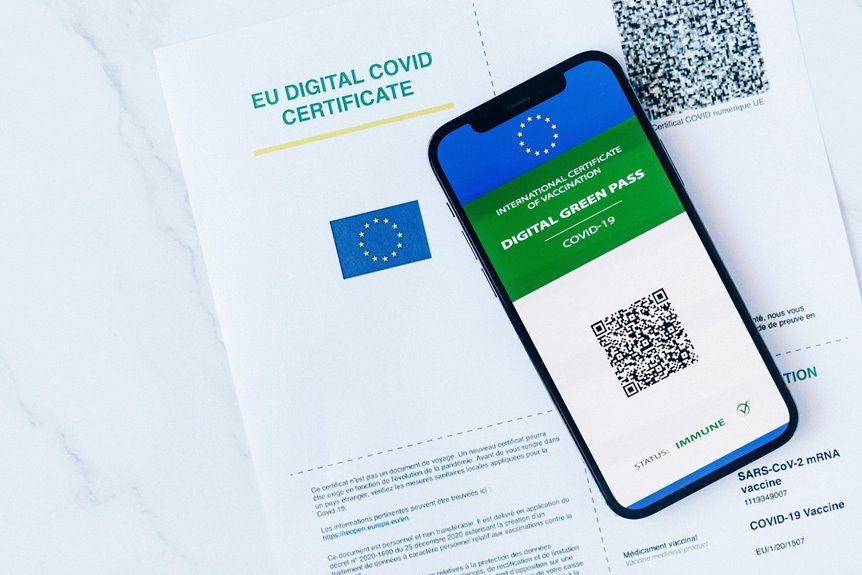Instant Caller Identity Check: 3023341002, 3024926716, 3032423254, 3032555348, 3054922194, 3062060161

The increasing frequency of unsolicited calls necessitates effective solutions for verifying caller identities. Numbers such as 3023341002 and 3024926716 exemplify the need for scrutiny. Instant Caller Identity Check employs sophisticated algorithms to authenticate these numbers against established databases. This verification process is crucial in mitigating risks associated with telemarketing and scams. Understanding its functionality can empower users to safeguard their privacy and make informed decisions in an era of persistent phone-based intrusions.
Understanding Caller ID and Its Importance
Although caller ID technology has become a standard feature in modern telecommunications, its significance extends beyond mere convenience. It facilitates caller verification, enabling users to assess the authenticity of incoming calls.
However, privacy concerns arise as this technology can be manipulated, leading to potential misuse. Users must remain vigilant, balancing the benefits of caller identification against the risks to personal privacy and security.
Overview of the Numbers: 3023341002, 3024926716, 3032423254
Caller ID technology plays a vital role in identifying incoming calls, yet certain numbers can still raise questions regarding their legitimacy.
- Caller origins can be ambiguous
- Number patterns may indicate potential scams
- Analysis reveals regional trends
- Patterns help in identifying legitimate callers
- Awareness is essential for informed decisions
Understanding these elements aids individuals in discerning trustworthy communications from fraudulent attempts.
The Rise of Telemarketing and Scams
The proliferation of telemarketing calls has become increasingly evident, driven by advancements in technology and changes in consumer behavior.
Alongside this growth, various scam tactics have emerged, exploiting the trust of recipients to perpetrate fraud.
Analyzing these trends is essential for understanding the broader implications for consumer protection and regulatory measures.
Increasing Telemarketing Calls
In recent years, the proliferation of telemarketing calls has reached alarming levels, with estimates suggesting that billions of such calls are made annually in the United States alone.
- Increasing reliance on automated dialing systems
- Weak enforcement of telemarketing regulations
- Insufficient consumer protection measures
- Rise of unsolicited calls
- Challenges in identifying legitimate businesses
These factors collectively contribute to a climate of frustration among consumers.
Common Scam Tactics
As telemarketing calls continue to surge, various scam tactics have emerged, exploiting consumer vulnerabilities.
Common methods include impersonation of legitimate entities, urgency in demands for personal information, and offers that appear too good to be true.
Enhancing scam awareness is crucial as individuals are urged to report scams promptly, fostering a collective defense against these deceptive practices that threaten personal freedom and security.
How Instant Caller Identity Check Works
Instant Caller Identity Check leverages advanced algorithms and databases to authenticate the identity of incoming callers in real-time.
This caller verification technology operates through:
- Data matching against known numbers
- Risk assessment algorithms
- User-defined trust levels
- Continuous updates from caller databases
- Immediate alerts for suspicious calls
Such mechanisms facilitate accurate real-time identification, empowering users with knowledge and enhancing their decision-making capabilities regarding incoming communications.
Benefits of Using Caller Identity Verification Tools
While the digital landscape continues to evolve, the adoption of caller identity verification tools offers significant advantages for users seeking to enhance their communication security.
These tools provide robust caller verification, ensuring that individuals can identify the legitimacy of incoming calls.
Tips for Protecting Your Privacy and Avoiding Unwanted Calls
How can individuals effectively safeguard their privacy and minimize unwanted calls in today’s digital age? Employing strategic measures is essential.
- Utilize call blocking features on devices.
- Adjust privacy settings on social media.
- Register for the National Do Not Call Registry.
- Avoid sharing personal numbers publicly.
- Educate oneself on common phishing tactics.
These actions empower individuals to maintain control over their communication landscape.
Conclusion
In an era where phone calls can be both a lifeline and a potential threat, the Instant Caller Identity Check serves as a crucial shield against deception. By verifying numbers like 3023341002 and 3032555348, users can discern between friend and foe in their communication landscape. As scams proliferate, leveraging such verification tools becomes not just prudent, but essential. Ultimately, a proactive approach to caller identification can transform uncertainty into clarity, safeguarding personal privacy in a digital age.



